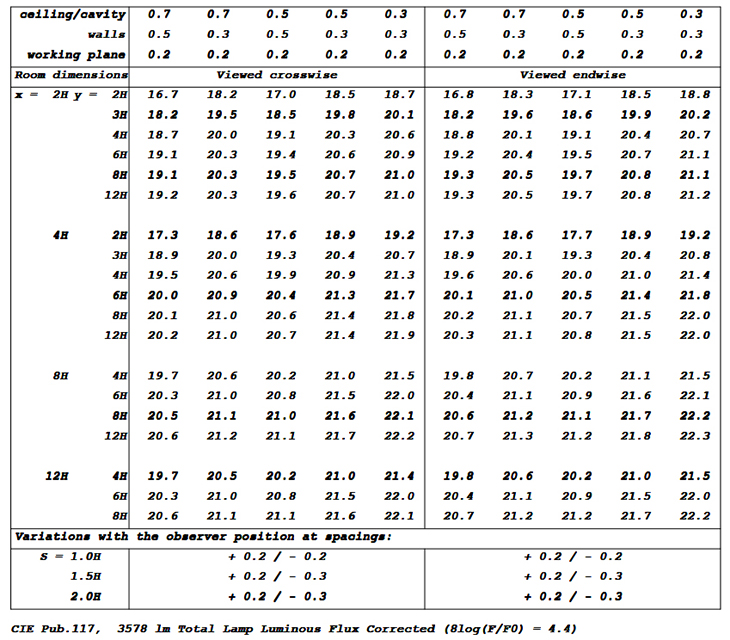All You Need to Know About UGR
All You Need to Know About UGR
UGR stands for Unified Glare Rating. Uncomfortable glare in industrial lighting and common rooms or places in public buildings should be evaluated using the unified glare value (UGR). The lower the value, the less discomfort the user will experience from the lighting.
For lamps with a large luminous surface such as panel lights, linear lights should be implemented with plates that can suppress large-angle light.
The above method can also be used for lamps with a small luminous surface, which has the advantage of better integration of lamps and ceilings.
For outdoor lamps, such as street lamps, GR limits and TI limits should be used for evaluation. The optimization mainly relies on lens design, buried lights, and wall washers use shading plates and honeycomb plates to shield the human eye from looking directly at the light exit surface.
The current mainstream product is LED panel lights for panel anti-glare office lighting, it is necessary to introduce the anti-glare technology of panel lights because people in modern times have more than one-third of their time working in such a lighting environment. The anti-glare in the traditional era is mainly completed by reflectors and grille hard cut light, and its optical system cannot be used in the current panel light system because whether it is a direct type panel light(backlit panel light) or a light guide type panel light(edge-lit panel light), its luminous surface and ceiling is flush and does not have the space for the hard light interception, so the anti-glare method of the plate is mostly used to reduce UGR.
Many people have a misunderstanding about UGR, that it is the same as the color temperature and light effect, and is a parameter of the lamp itself. In fact, UGR means the discomfort of the lighting environment to the human eye. It is a value calculated by various parameters related to the glare to characterize the degree of uncomfortable glare in the entire lighting space. Simply, the UGR value is not only related to the luminaire, but it is also related to the size of the room, the reflectivity of the room, and the direction of the observer’s observation. And when we get the optical parameters of a lamp, there is a page called the UGR data table. The so-called UGR19 is what we look at in this table. In fact, it is for the convenience of everyone to quickly identify the anti-glare ability of the lamp. A single space is artificially defined. They are all placed in such a specified space for evaluation. The data in this table is based on the definition of 5 sets of ceilings, walls, and floors with different reflectances based on the height of the human eye to the ceiling H = 2 meters and the arrangement of lamps S = 0.25H = 0.5 meters Space, where the size, length, and width information of the space are given by X and Y, and the maximum size of a single space is generally not more than 4H8H or 8X16 meters. The most commonly used reflectance is the first group of the ceiling, wall, and ground. It is 0.7, 0.5, 0.2, so let’s say what the UGR value of a lamp is simply the first data of 4H8H crossover and forward, take the larger value, and take 20.1 in the UGR table as the basis for comparison. When the actual installation distance changes, the arrangement of the lamps changes, and different observation positions may cause the UGR value to change. A range of possible changes is given in the table. At the bottom of the table, it is based on CIE117 to correct UGR according to the actual luminous flux of the lamp. The standard UGR is defined by a single lamp 1000lm. When the luminous flux of the lamp is larger, the UGR value is higher. If the table at the bottom of the text appears to have been corrected by XXX lm luminous flux, it means that the data in the above table has been revised according to the luminous flux of the lamp.

If you have any questions about the anti glare lighting or UGR of LED lighting fixtures, welcome to contact us directly.

